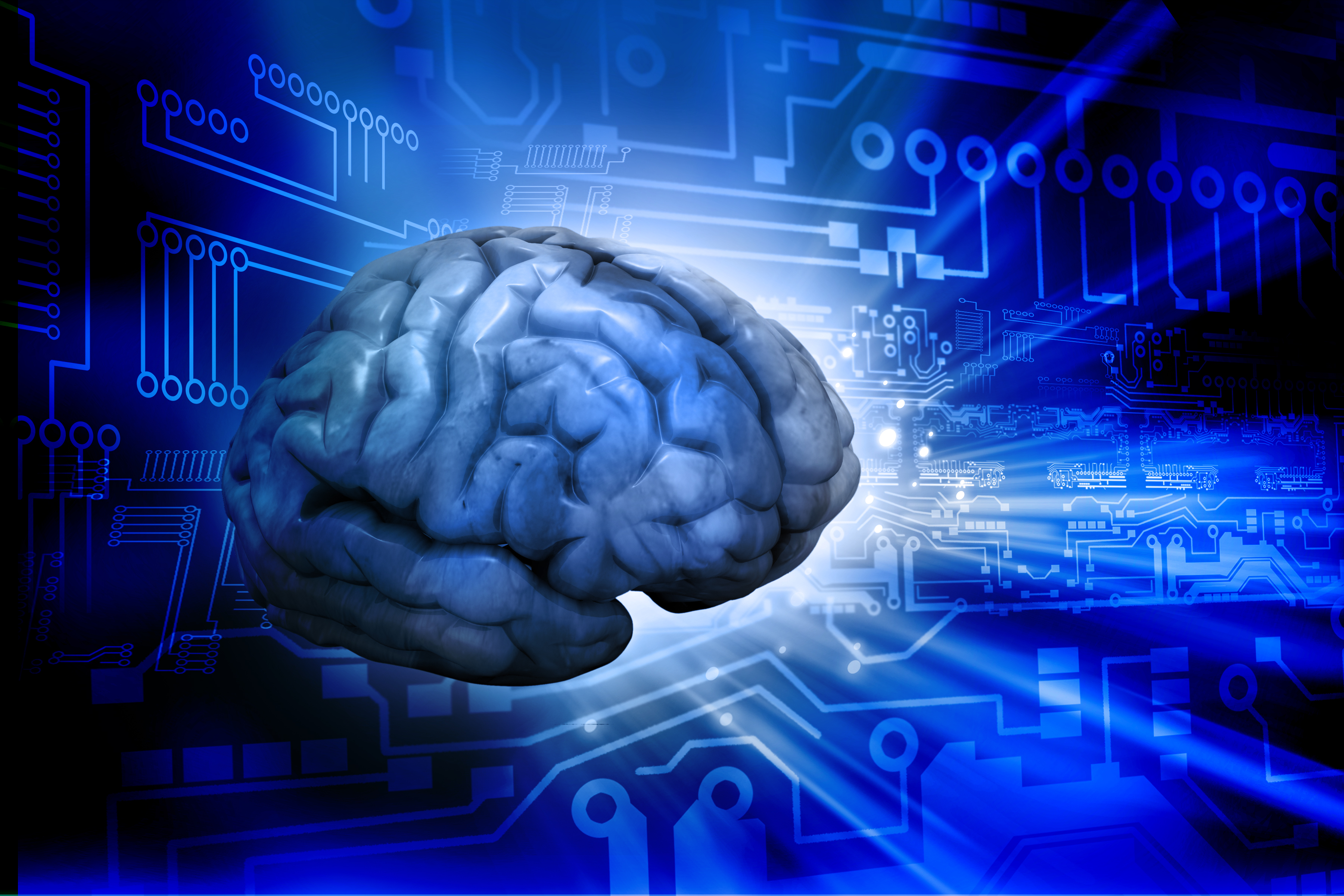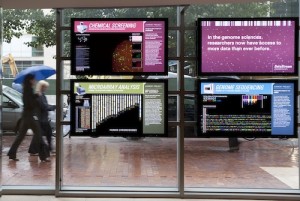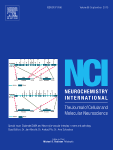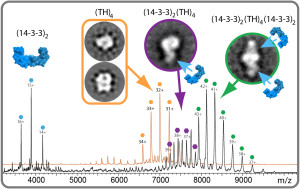As the editor of one of the most prestigious peer-reviewed medical journals in the world (The Lancet) said, “the case against science is straightforward: much of the scientific literature, perhaps half, may simply be untrue.” 1 This is Science 2.0.
Science 2.0 does not bother with the old phenomena of sane hypotheses, experiments, interpretation of results or reasonable conclusions. Those are the limitations of Science 1.0, which prompted the development of the newer version of Science. Science 2.0 is easy to implement as it has the “advantages” of not being based on facts, the experiments being manipulated to support the conclusions and the time-consuming peer-reviews being omitted. In addition, Science 2.0 is also accepting “statistical fairy-tales” about significance1 and it does not care about negative findings (no matter how informative they may be).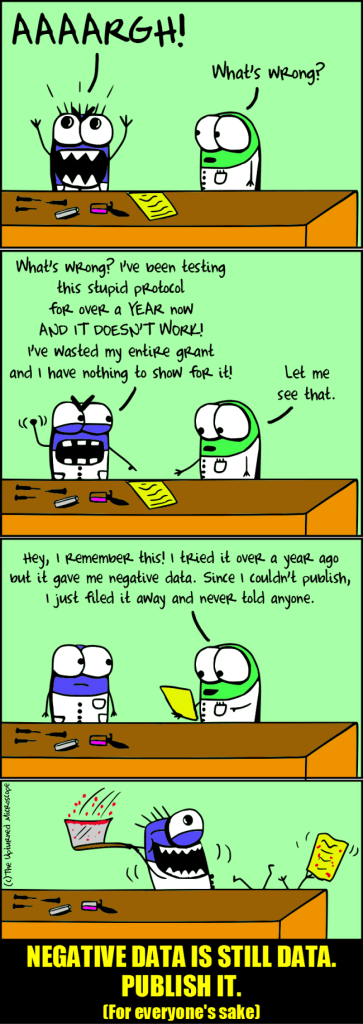
Since 2015, we are even able to study human health in space as NASA has selected 10 scientists from 12 Universities to examine how zero-gravity may affect the human body (https://www.nasa.gov/twins-study/about;http://time.com/3843801/space-twins-science-kelly/). The concept of this study is very interesting, but it is based on 1 (one!) twin pair. So, there are 10 scientists and 2 participants. This may be the coolest twin study ever, but, most probably, the least statistically powered one in human history.
Science 2.0 is quite alarming: all of its studies are used to develop drugs/vaccines to supposedly help people, train medical staff, educate students and much more. “It is simply no longer possible to believe much of the clinical research that is published, or to rely on the judgment of trusted physicians or authoritative medical guidelines.”2
“In august 2015, the publisher Springer retracted 64 articles from 10 different subscription journals“3, after editorial checks uncovered peer-review fraud. Since 2012, “more than 250 articles have been retracted because of fake reviews — about 15% of the total number of retractions.”3 And there are also cases of data fabrication (http://retractionwatch.com/2015/06/17/columbia-biologists-deeply-regret-nature-retraction-after-postdoc-faked-74-panels-in-3-papers/).
Peter Higgs, who won the Nobel prize for physics in 2013, has famously said: “I wouldn’t be productive enough for today’s academic system.”4 “He would almost certainly have been sacked had he not been nominated for the Nobel in 1980”4 as the British physicist published less than 10 papers between 1964 and 2013.4 Despite such publication record, the University’s authorities decided to keep employing Peter Higgs, because he «might get a Nobel prize – and if he doesn’t” they “can always get rid of him.»4
So, why is it that “individual scientists, including their most senior leaders, do little to alter a research culture that occasionally veers close to misconduct”?1 “Can bad scientific practices be fixed?”1 “One of the most convincing proposals came from outside the biomedical community. Tony Weidberg is a Professor of Particle Physics at Oxford. Following several high-profile errors, the particle physics community now invests great effort into intensive checking and rechecking of data prior to publication. By filtering results through independent working groups, physicists are encouraged to criticise. Good criticism is rewarded.”1 Could good criticism save the science? Let us know your thoughts in the comments below!
1http://www.thelancet.com/pdfs/journals/lancet/PIIS0140-6736%2815%2960696-1.pdf
2http://www.ncbi.nlm.nih.gov/pmc/articles/PMC2964337/pdf/pmed.1000355.pdf
3http://www.nejm.org/doi/pdf/10.1056/NEJMp1512330
4http://www.theguardian.com/science/2013/dec/06/peter-higgs-boson-academic-system
Tetyana Zayats
